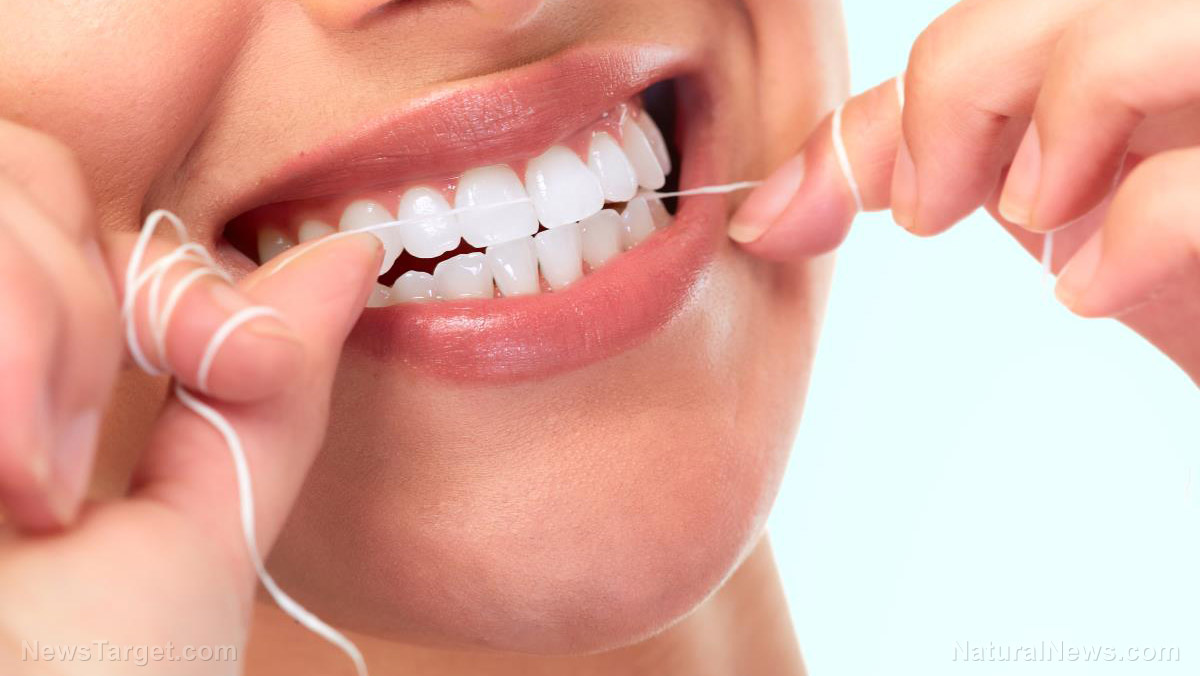How to disinfect a wound almost instantly
11/25/2018 / By Earl Garcia

People are quick to dismiss wounds, especially if they do not appear threatening. Little do people know that open wounds, when left untreated, could lead to severe infections. According to the Wound Care Centers (WCC), infected wounds are caused when the body’s immune system is overwhelmed by bacterial growth. Data from the WCC revealed that up to 70 percent of deaths among surgery patients are associated with wound infection. The most common bacteria that triggers wound infection is the Staphylococcus aureus and many other forms of Staphylococci. Unhygienic practices and poor wound dressing techniques increase the risk of wound infection. Diabetes patients and the elderly are at an increased risk of wound infection due in part to reduced immune system function. Complications associated with wound infection include non-healing, bacterial skin infection, and acute or chronic bacterial bone infection, the WCC added.
Commercial disinfectants may stave off wound infection
The health care market is teeming with commercial disinfectants that keep wound infection at bay.
Hydrogen peroxide is one of the most commonly used wound antiseptics. According to the American Medical Association (AMA), the cleansing action of hydrogen peroxide helps eliminate debris and necrotic tissue from the wound tissue when used at full strength. The AMA recommends clinicians to use normal saline solution following hydrogen peroxide treatment during wound irrigation. However, hydrogen peroxide is not recommended for wounds with sinus tracts. While previous studies refute its potential harm, many other research on humans and animals indicate that hydrogen peroxide does not show a negative effect on wounds.
The power of the elements: Discover Colloidal Silver Mouthwash with quality, natural ingredients like Sangre de Drago sap, black walnut hulls, menthol crystals and more. Zero artificial sweeteners, colors or alcohol. Learn more at the Health Ranger Store and help support this news site.
Colloidal silver has been used in wound care for almost a hundred years since its discovery. Clinicians hail colloidal silver as a potent antibacterial agent capable of fending off a great number of bacteria without the unwanted side effects found in other disinfectants. Colloidal silver is also touted as an effective antiseptic for skin abrasions, wounds, and cuts. This antiseptic helps the skin revert to its healthiest form without destroying healthy tissue cells. Hospital burn units use colloidal silver bandages and ointments for this reason.
Research showed that colloidal silver inhibit infection by immobilizing the enzyme that fungi, bacteria and viruses use for survival. The silver interacts with the blood, and goes a step further by entering cells to destroy harmful organisms. Colloidal silver also works by suffocating wound bacteria in less than six minutes. This antiseptic was also known to boost the body’s immune function.
Iodine is a potent antimicrobial that is beneficial to wound healing. Iodine is known to fend off a wide variety of the pathogens such as Staphyloccocus aureas.
Proper wound care: From washing to bandaging
Using commercial disinfectants do work, but following proper wound care helps expedite healing. Clinicians from the Intermountain Healthcare has prepared a list of procedures necessary for proper wound care:
- Clean the work area and gather the necessary supplies such as bandage, antiseptics, and gloves.
- Wash hands with soap and warm water or an alcohol-based rub.
- Put on rubber gloves.
- Place a towel under the wound.
- Wet a gauze sponge or pad with saline or water. Gently clean the wound starting at the center. Dab the sponge in circles and refrain from going back at the center. It is important to note that rubbing the sponge back and forth increases the risk of spreading the germs. Make sure that any fluids draining from the wound are cleaned. Discard the sponge after use.
- Rinse the wound with a clean gauze pad.
- Dry the skin around the wound by patting it with clean, dry towel.
- Check the wound for redness, any drainage odor, or swelling.
- Discard the materials used for cleaning.
Sources include:
Tagged Under: antiseptic, Colloidal Silver, emergency medicine, first aid, hydrogen peroxide, infections, iodine, preparedness, prepper, prepping, self-reliance, survival, survival medicine, sustainable living, wound care, Wound Healing, wounds




















